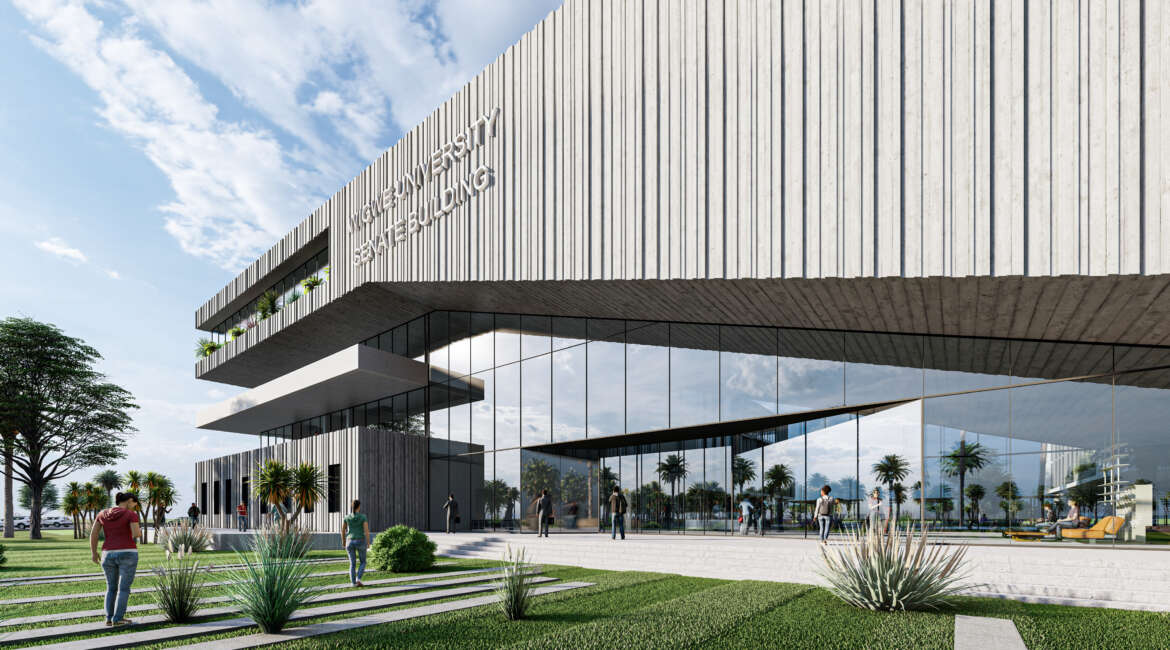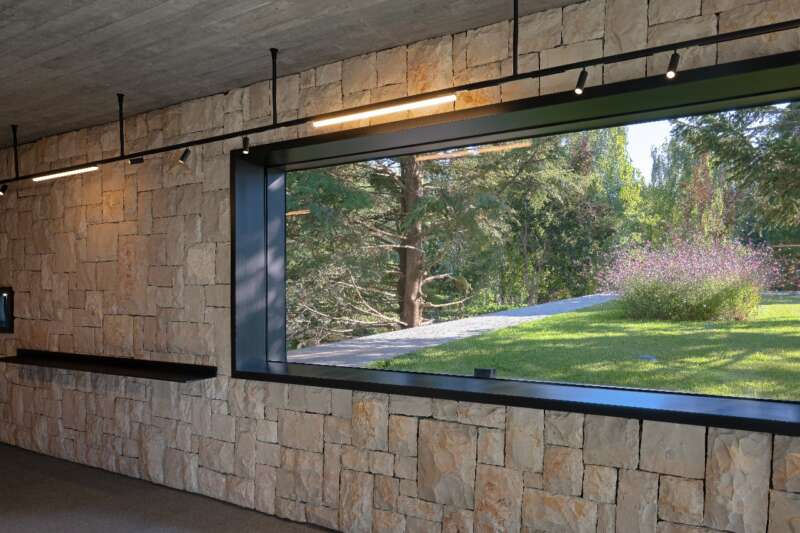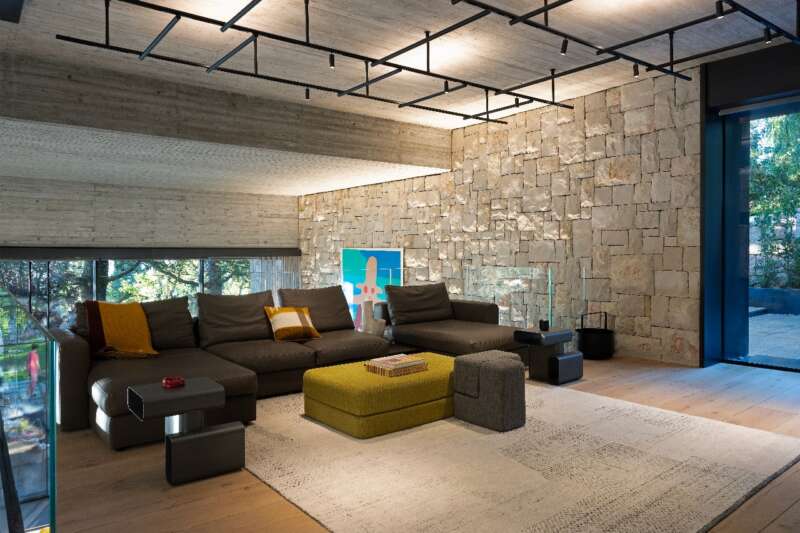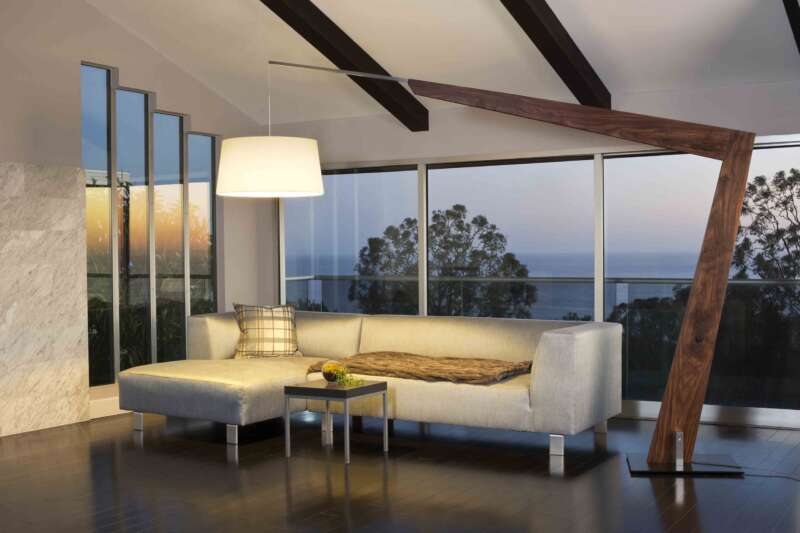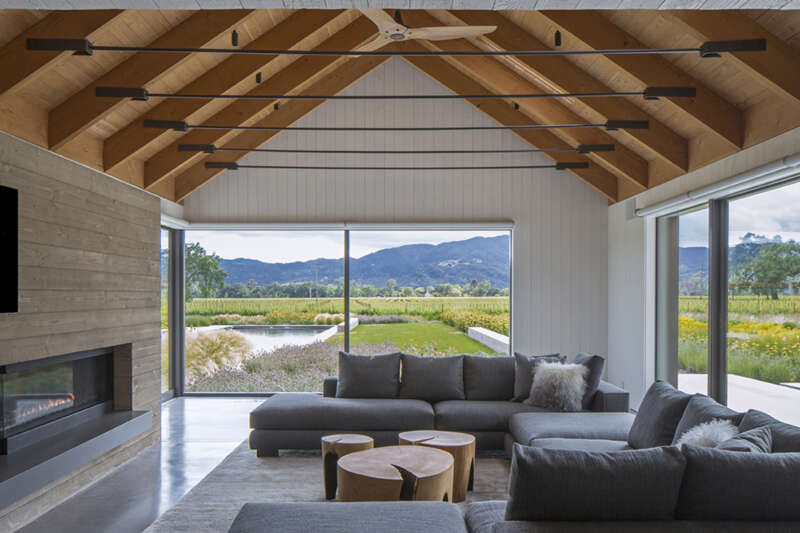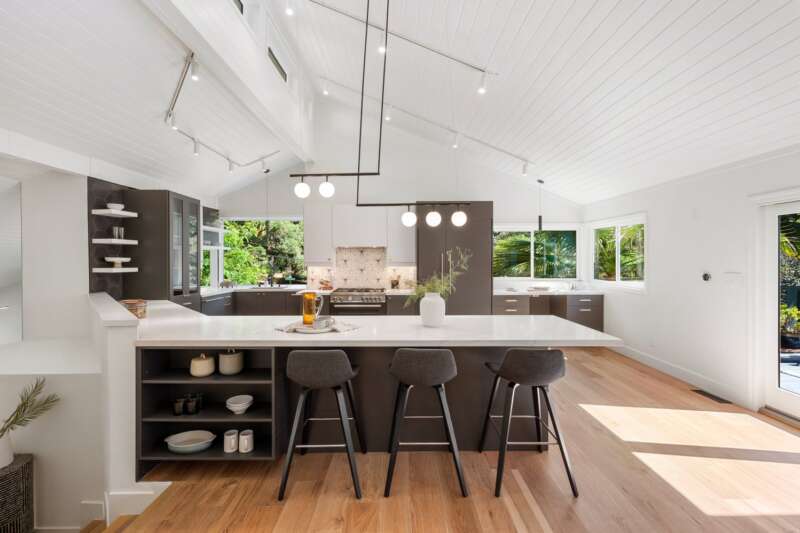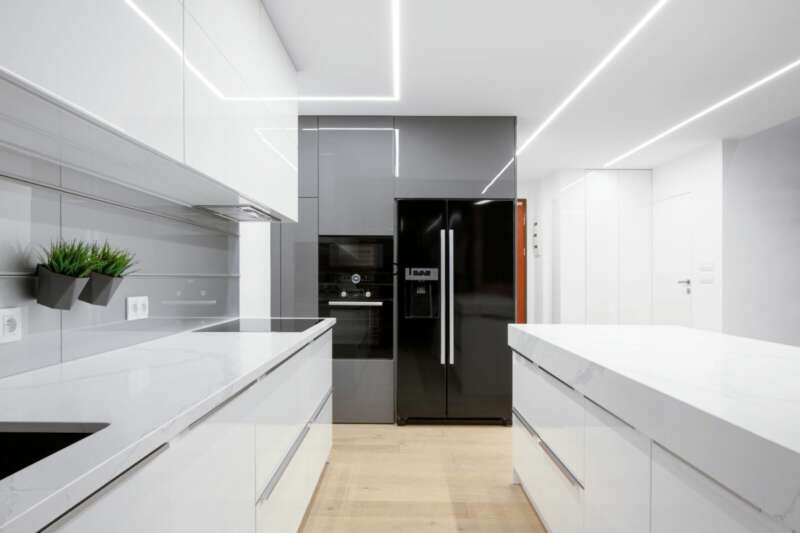Types of Building’s Facades
The exterior of a building is your project’s first impressions. The design of a building’s facade should not only comply with local regulations but also with a client’s maintenance needs, aesthetics, and sustainability demands.
A facade is far more than the protective shell of a building. Its design not only characterizes the building itself but also influences the urban environment.
The French loanword “facade” comes from the Italian “facciata” and translates to “face” or “frontage.” When used in the architectural sense facade generally refers to the front-facing or street-facing side of a building and encompasses everything from the material itself to pillars, windows, cornices, gables, and other intentional design elements.
From a practical standpoint a building’s facade serves first and foremost as a means of shielding the interior from the elements, though it also serves an aesthetic purpose, as the building’s owner may express the structure’s overall character and function.
Facade vs. Cladding
While the term facade is often used interchangeably with “cladding,” the two terms refer to different things:
Facade: A building’s entire front-facing or street-side face; includes the materials, windows, doors, trim, cornices, gables, balconies, pillars, columns, and any other intentional design features.
Cladding: The actual material that makes up a building’s envelope and protects its entire exterior, rather than just the front-facing side.
In essence cladding is just one component of a facade system and does not describe the entire facade itself. The two terms are undeniably intertwined, however.
Types of Facade Systems
These are some of the most popular facade systems currently in use.
Panel Facades: In its most basic form, a panel facade system typically consists of posts, transoms and panels, the latter of which can be made from a variety of light or heavy-weight materials. Each panel is affixed directly to the wall itself at multiple points, allowing for optimal support.
Panel facades can be constructed from a variety of materials
Curtain wall facades: On the other hand, pass around a building’s framework and you notice that they are self-supporting, which means they are non-structural and do not aid in supporting a building’s dead load. For this reason curtain wall facades can be made from lightweight materials like aluminum.
Closed cavity facades (CCFs): A variation of the traditional curtain wall system, they are a type of facade made with two types of glass for the exterior and interior with a cavity between them to prevent condensation. Inside the cavity, solar shading devices and controls monitor exterior conditions, control the shade, and regulate the flow of dry air into the cavity.
The precast or prefabricated facade: Of which consists of pre-made modules that are joined and assembled on-site—a characteristic that greatly reduces overall construction time. Most prefabricated facade modules are made from concrete, making them an extremely durable, if not incredibly heavy, option.
Ventilated Facades: Sometimes referred to as rainscreen cladding, a ventilated facade consists of an external load-bearing wall, insulation, and cladding panels affixed via a supporting structure (anchors), similar to some panel facade systems. The main difference between the two is that ventilated facades feature a 30 to 80mm thick air cavity between the wall itself and the cladding material—a characteristic that greatly improves a building’s overall energy-efficiency.
Green facades: Though they aren’t widely known or implemented, green facades are capable of giving life to any space or structure and serve as an integral component of contemporary sustainable architecture. Using vertical trellis panel and planter combinations, green facades can help encourage biodiversity and provide a planted alternative to conventional concrete barricades, plexiglass, or other hard surfaces.
Check our project: https://trend-yard.com/portfolio/wigwe-university/ to see the facade of Wigwe University- Nigeria.
To follow, more articles to talk in details about each type of facades.


